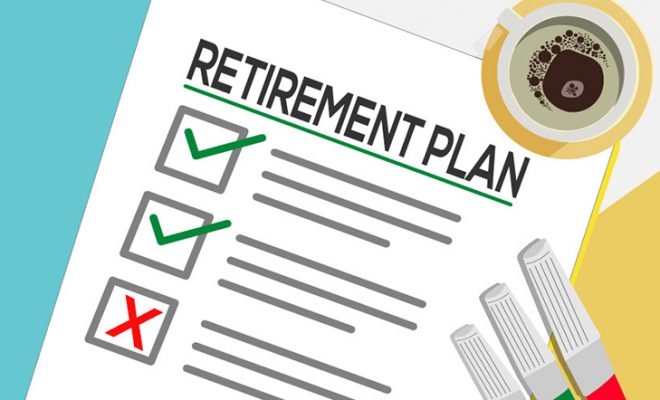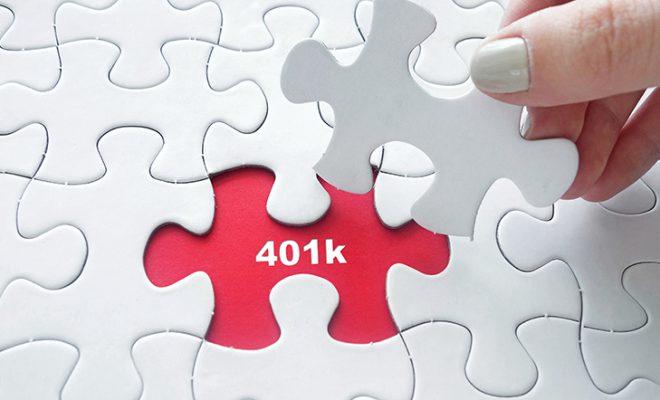Retirement Planning checklist

“Retirement, a time to do what you want to do, when you want to do it, where you want to do it and how you want to do it” – Catherine Pulsifer
While retirement is like the sweet fruit you get to eat after years of hard work, it is important that the fruit it bears is harvested to the best of its capacity. One of the main worries that surround retirement is the financial aspect of it. Everyone wants to ensure that they’re reaping the best benefits and hope that they’re not missing out on any retirement essentials.
6 Point Retirement Planning Checklist
- Assess your current financial standing
- Create a surplus/emergency fund
- Understand your current debts and liabilities
- Map a post-retirement budget
- Understand taxes on retirement income
- Keep investing for your retirement
1. Assess your current financial standing
Take this as the first step or maybe as a step that you take even before you finally give retirement a serious thought. This is especially most important for the ones who are looking for an early retirement checklist. Create a balance sheet and assess where you stand financially. Take into account all your assets – savings, property, shares, insurance, etc. Next, subtract all your debts and liabilities. This sheet will not only help you understand how your financial status looks like but will also give you a clear idea of whether you are financially ready for retirement or not.
2. Create a surplus/emergency fund
Emergencies don’t knock with prior notice. Handling emergencies becomes especially tricky when it comes to retirement finances. Ensure you set aside a certain amount from your savings for emergencies. Having insurance additionally will come handy here. Basically, it’s ideal to avoid a hand to mouth situation post-retirement. Hence, this step, that right now may seem trivial, will really keep you covered in the long run.
3. Understand your current debts and liabilities
For a peaceful retired life, it is of utmost importance that you start getting rid of your debt as early as possible. Debt management would include taking stock of your outstanding liabilities, prioritizing them, and devising a plan for clearing them out. Your liabilities can include house/property expenses (rents, taxes, liabilities), credit card debts, bank loans, leisure expenses, taxation, insurance premium payments, etc.
4. Map a post-retirement budget
A good plan is one that is thought through – both in terms of research and detailing. Here too, this part of the checklist requires you to think for the future and calculate the expected sources of income and also your expected expenditure. Your post-retirement sources of income can include social security benefits, pension, return on investments, etc.
While calculating the expected expenditure, ensure that you are not just counting the day to day spending, but also considering your post-retirement goals and plans. For instance, if you want to go on a long vacation once you take a permanent break from work, it is always a good idea to provide for it. Also, let’s not forget that medical costs will constitute a major part of your post-retirement expenses. According to The Bureau of Labor Statistics’ Consumer Expenditure Survey Report, healthcare expenditure (including insurance) eats up to 15% of one’s post-retirement income.
5. Understand taxes on retirement income
This is one of the most important things that you must know before retiring. While you are calculating your post-retirement income sources and creating that budget for yourself, don’t forget to take into account the taxes. Up to 85% of your Social Security Benefits are taxable. Withdrawals from retirement accounts such as IRA withdrawals, withdrawals from 401(k) plans, etc. are also taxable. Pensions too are taxable, subject to certain conditions. If the deposits in your pension account were pre-tax, your pension withdrawals will be taxable. If, however, you already paid tax on the money you put in your pension account, you need not pay any tax.
6. Keep investing for your retirement
In the absence of a regular source of income, the returns on your investments can be your financial support. Thus, it is in your own best interest that you are regular with your investments. To avoid getting distracted, you may automate your investments. For example, with Systematic Investment Plans (SIPs), a fixed sum of money or a fixed number of shares gets deducted from your liquid account (bank savings account or a money market account) on a pre-determined date. Thus, SIPs ensure you invest regularly.
To sum it up
For a happy second inning of life, you must prepare for it right from a young age. Retirement planning is a step by step process to ensure you have enough financial backing when you are not working.
Don’t want to miss out on any retirement essentials? You can approach financial advisors for help. They will not only address all your retirement planning queries but will also help you plan it better.















I had no idea that planning for your retirement ensures that you have the financial support you need as you get older. I have a friend who’s looking for suggestions on how to prepare for early retirement in the countryside. Maybe he should look for a planning expert that can help him with this.